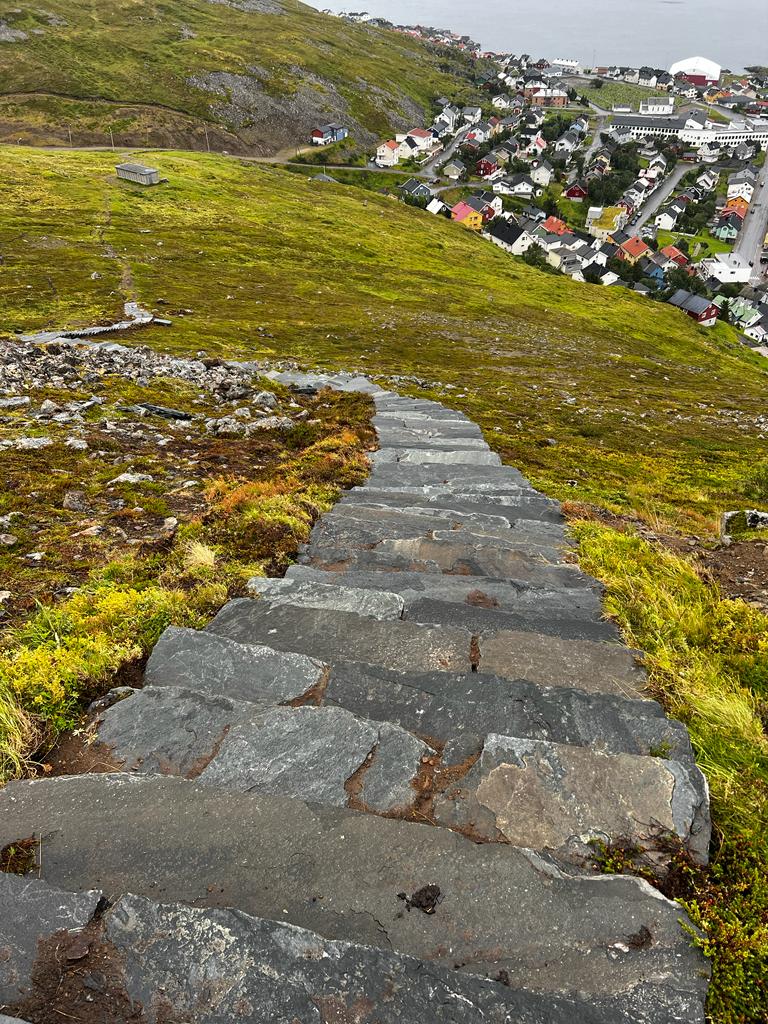Doing fieldwork in the Arctic is always an adventure! We experienced several seasons during the same day, are blown away by natural beauty of fantastic landscapes, by welcoming and friendly people, discovered the unexpected along the way and met with old and new friends. During our stay at our destinations (study areas), we also need to learn what they have to offer, to be able to see it through the eyes of both visitors and locals.

Hiking is a very popular activity in the north of Norway, and many people using the same trails can create challenges for nature protection. For example, popular hiking trails, due to their extensive usage, eventually pose a threat to vulnerable ecosystems that may take many years to recuperate. One approach to raise visitor awareness is by creating signs that provide information about these detrimental impacts. The picture above shows the warning signs that hikers encounter on popular trails, saying that the vegetation is vulnerable and that erosion of the soil is a treat to the landscape.
What else can be done at Arctic destinations in order to prevent negative effects of increasing number of visitors on their vulnerable nature? Some places install new infrastructure to protect the vegetation and the soil, like the Sherpa stairs in Honningsvåg, the North Cape stairs. Other destinations, like Alta, put signs to warn tourists to stay on the same path and be careful where they walk. Tourism providers have a responsibility to take care of nature and landscape, by not bringing too many visitors, and to educate people about how to treat the Arctic nature with respect and care.

By talking to local people, observing tourists and tourism practices, we not only learn more about the destination, but also able to understand the challenges and possibilities for coexisiting with tourism industry in a sustainable way.
